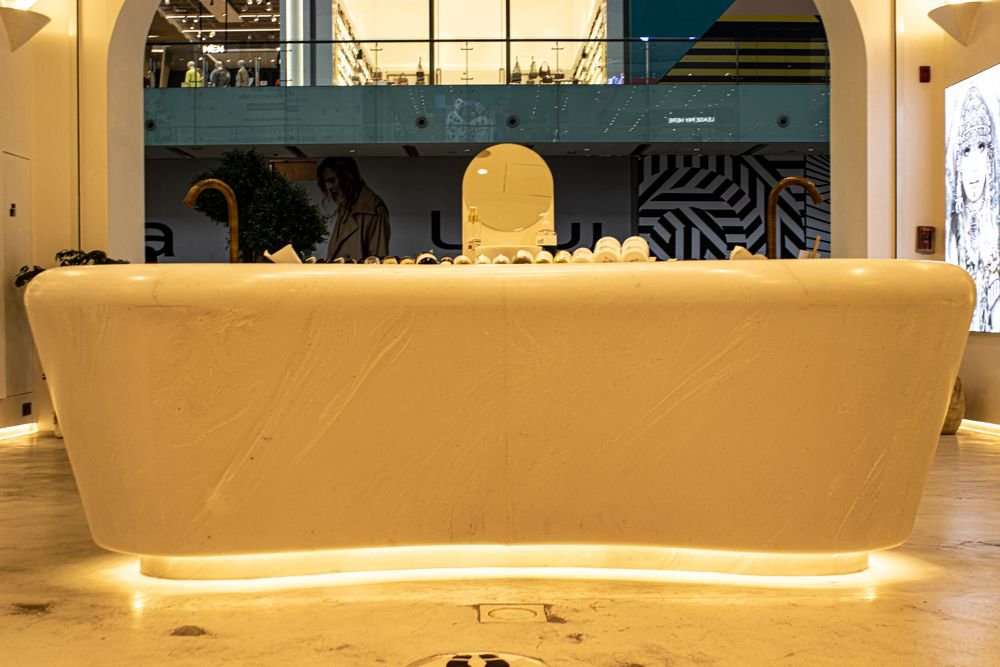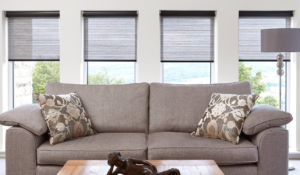Corian solid surface has revolutionized the world of interior design with its versatility, durability, and aesthetic appeal. Understanding the science behind how Corian is made reveals the intricate process that transforms raw materials into remarkable surface material.
Ingredients of corian:
Corian is primarily composed of acrylic polymer and natural minerals. These ingredients play a crucial role in achieving the material’s distinctive properties.
Acrylic polymer resin: The base of Corian is a high-quality acrylic polymer resin. This resin provides the material’s strength, chemical resistance, and durability.
Natural minerals: Natural minerals, such as aluminum trihydrate derived from bauxite ore, are added to the resin. These minerals contribute to Corian’s fire resistance, stability, and natural appearance.
The manufacturing process:
The production of Corian involves a series of steps, combining science and technology to create a solid surface material that offers both form and function.
Mixing the ingredients: The process begins with thoroughly mixing the acrylic polymer resin and natural minerals. This mixture forms a homogenous, semi-liquid mass.
Color pigments: Depending on the desired color and pattern, color pigments are added to the mixture. This step allows for an extensive range of colors and designs, including those that mimic natural stone, to be achieved.
Casting or extrusion: There are two primary methods for shaping Corian. In casting, the mixture is poured into molds to create sheets of varying thickness. In extrusion, the mixture is forced through a die to form continuous sheets with uniform thickness.
Curing: The shaped Corian sheets are then cured in ovens at high temperatures. This process chemically transforms the mixture into a solid, durable material. The heat also activates the cross-linking of the acrylic polymer, further enhancing its strength.
Cutting and fabrication: Once cured, the Corian sheets are cut into the desired sizes and shapes. This step includes creating sinks, countertops, or other customized elements according to design specifications.
Thermoforming: Corian’s unique property of being thermoformable allows it to be heated and molded into intricate shapes and designs. This capability adds to its versatility in design and application.
Seaming and finishing: To achieve the seamless appearance Corian is known for, the edges of the material are meticulously joined using specialized adhesive and finishing techniques. This process ensures that there are no visible seams on the finished product.





More Stories
Transforming Your Home With The Right Curtains
Exploring The Latest In Antivirus Protection
Mastering Office Efficiency: A Guide To Photocopiers